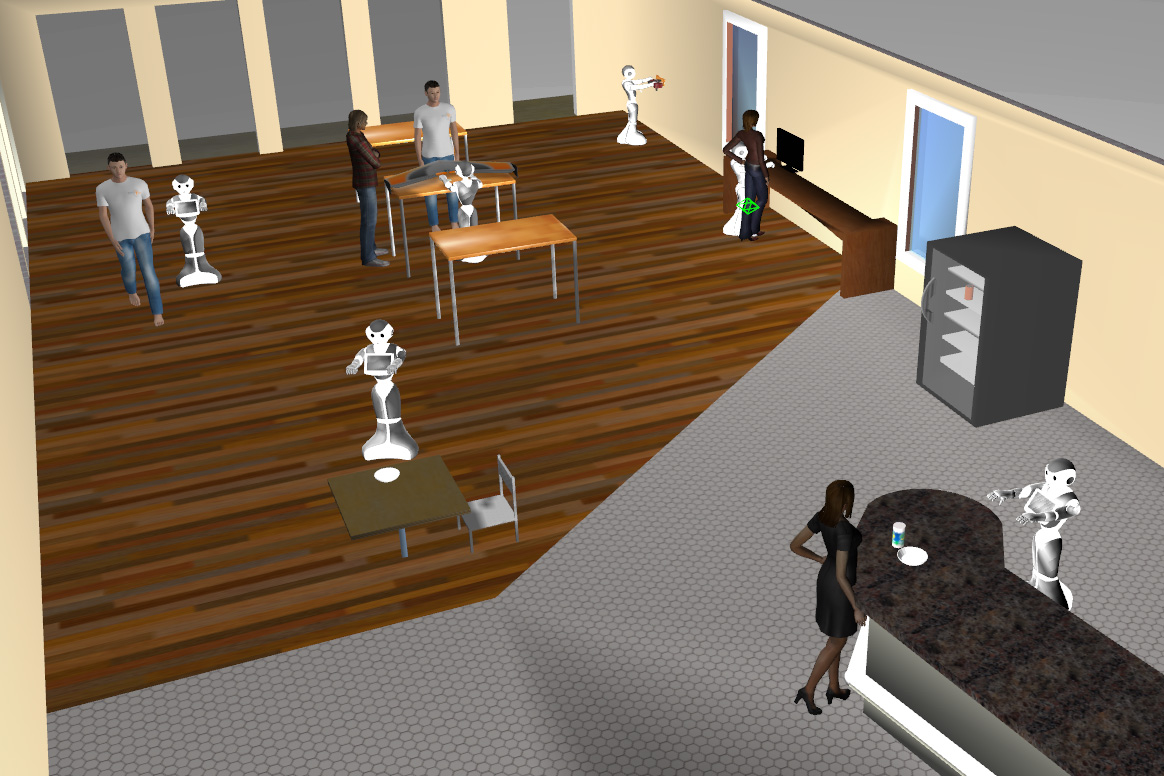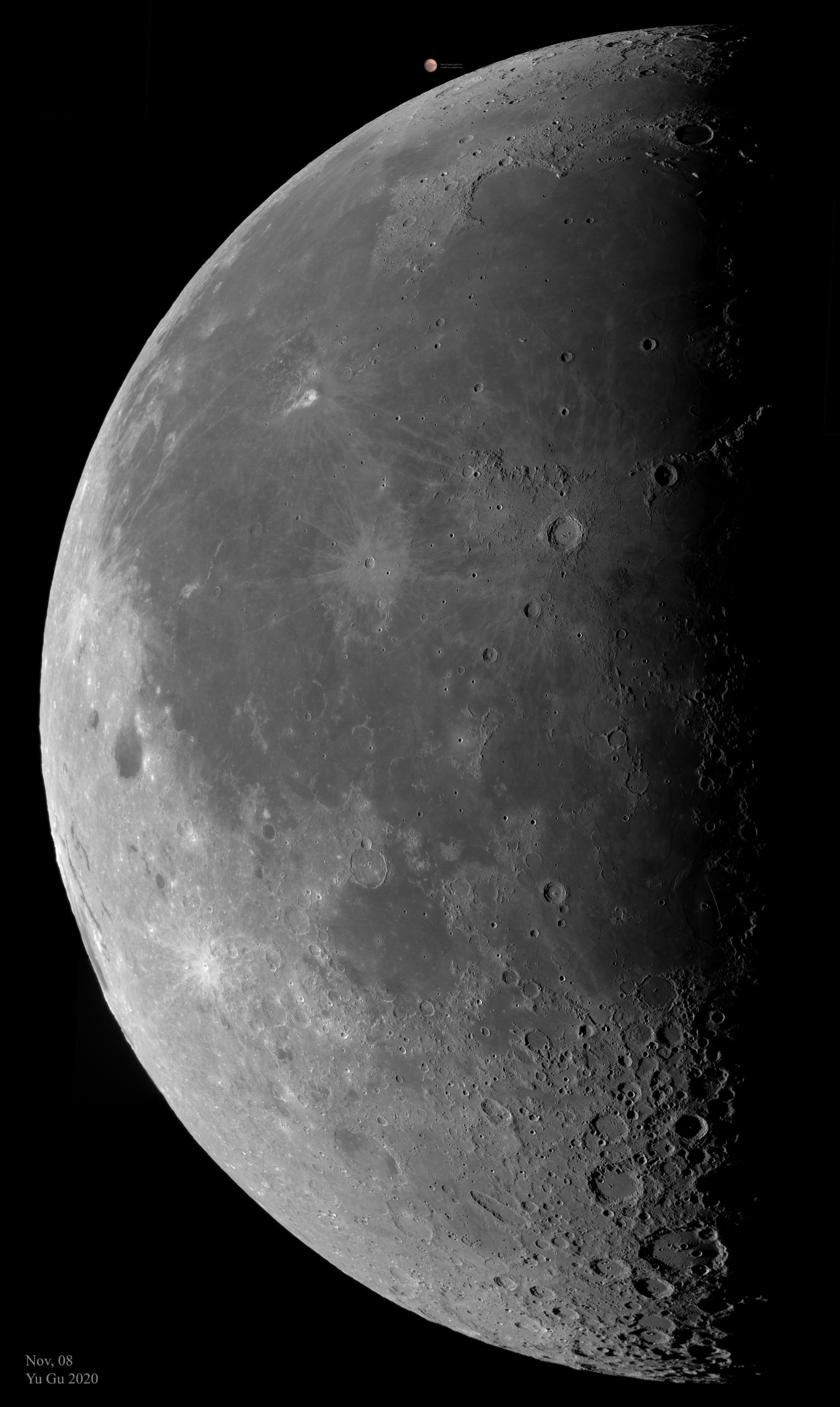Tired of being stuck at home working alone remotely? You are not alone in that sense! Since COVID-19 turned the world upside down, many of us were forced to work from home. After a while, once we get used to it, working from home, or working remotely, is actually not all that bad. We can spend less time in the traffic and enjoy more flexibility sometimes. But there are important things missing, like face-to-face discussions and the ability to modify the environment (many jobs depend on these!). Or in short, we are missing out on the social and physical interactions.
Will remote work be the same as what we are doing today (e.g., meeting on Zoom), say, 20 years from now? Hopefully not…, OF COURSE NOT! So what may change?
Let’s envision a future hybrid workplace, for example, an office with local workers and a group of telepresence humanoid robots as “avatars” of remote workers. Whenever a remote worker needs to do something beyond a computer task, for example helping a customer or turning a knob, she/he may do so through one of the robots. The humanoids have articulated arms and bodies to support human-like interactions, e.g., during a “face-to-face” conversation. When an office worker or a customer puts on a pair of Augmented Reality glasses, the live image of the remote person would be overlaid over the robot. At homes, the workers also feel they are physically experiencing the remote work environment, instead of feeling isolated.
My student Trevor Smith created this illustration in Gazebo using images of a VR treadmill the robot Pepper.

Of course, a lot of research needs to be done for this dream to become a reality, but that’s what we roboticists are here for. Communication technology has allowed us to hear from a distance, then to see each other, maybe this time we would finally get to “travel, touch, feel, and experience” through internet and robots? Sounds farfetched but not impossible.
A 2019 MIT report on the Work of the Future pointed out that “Ironically, digitalization has had the smallest impact on the tasks of workers in low-paid manual and service jobs. Those positions demand physical dexterity, visual recognition, face-to-face communications, and situational adaptability. Such abilities remain largely out of reach of current hardware and software but are readily accomplished by adults with moderate levels of education.” By focusing on labor-complementing instead of labor-substituting technology development, improving remote work may be a way of using robotics and AI to support middle-class workers (e.g., teachers, social workers, farmers, and factory workers) of the future.


